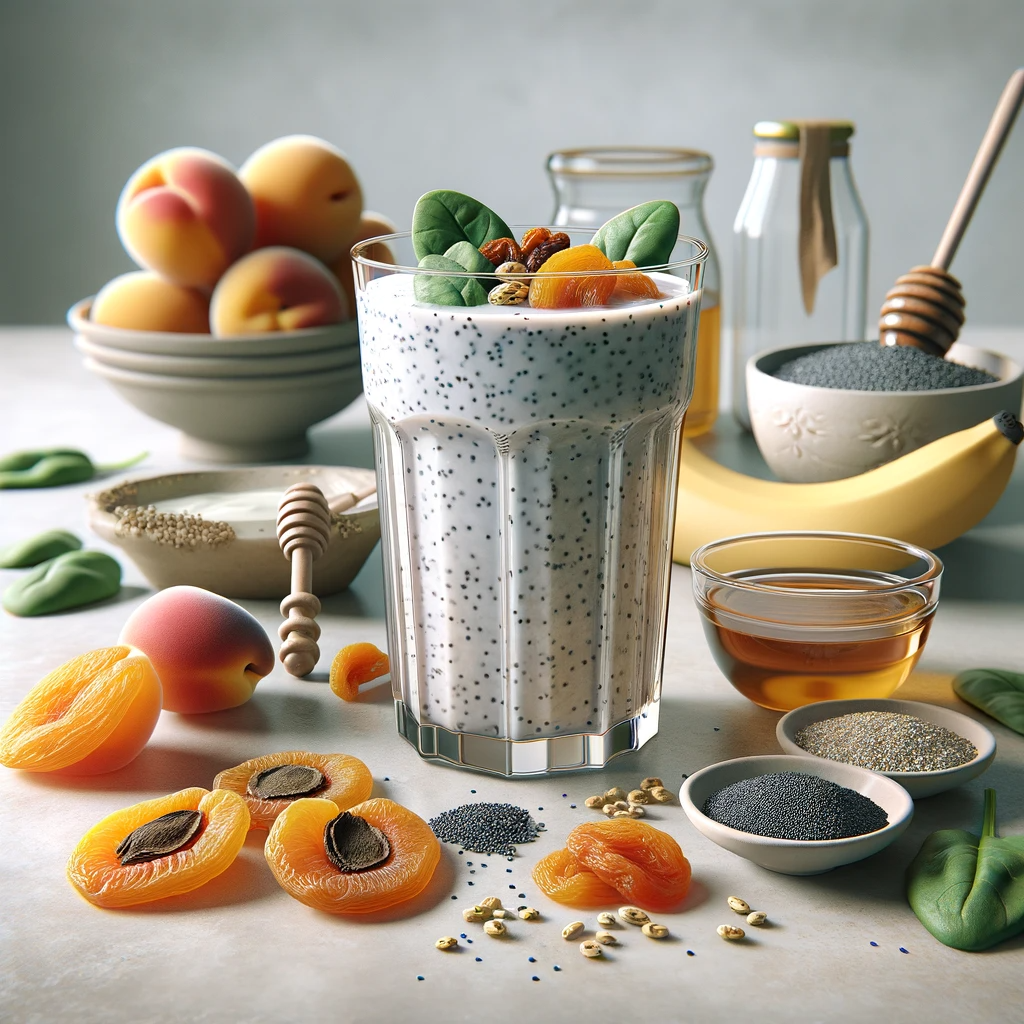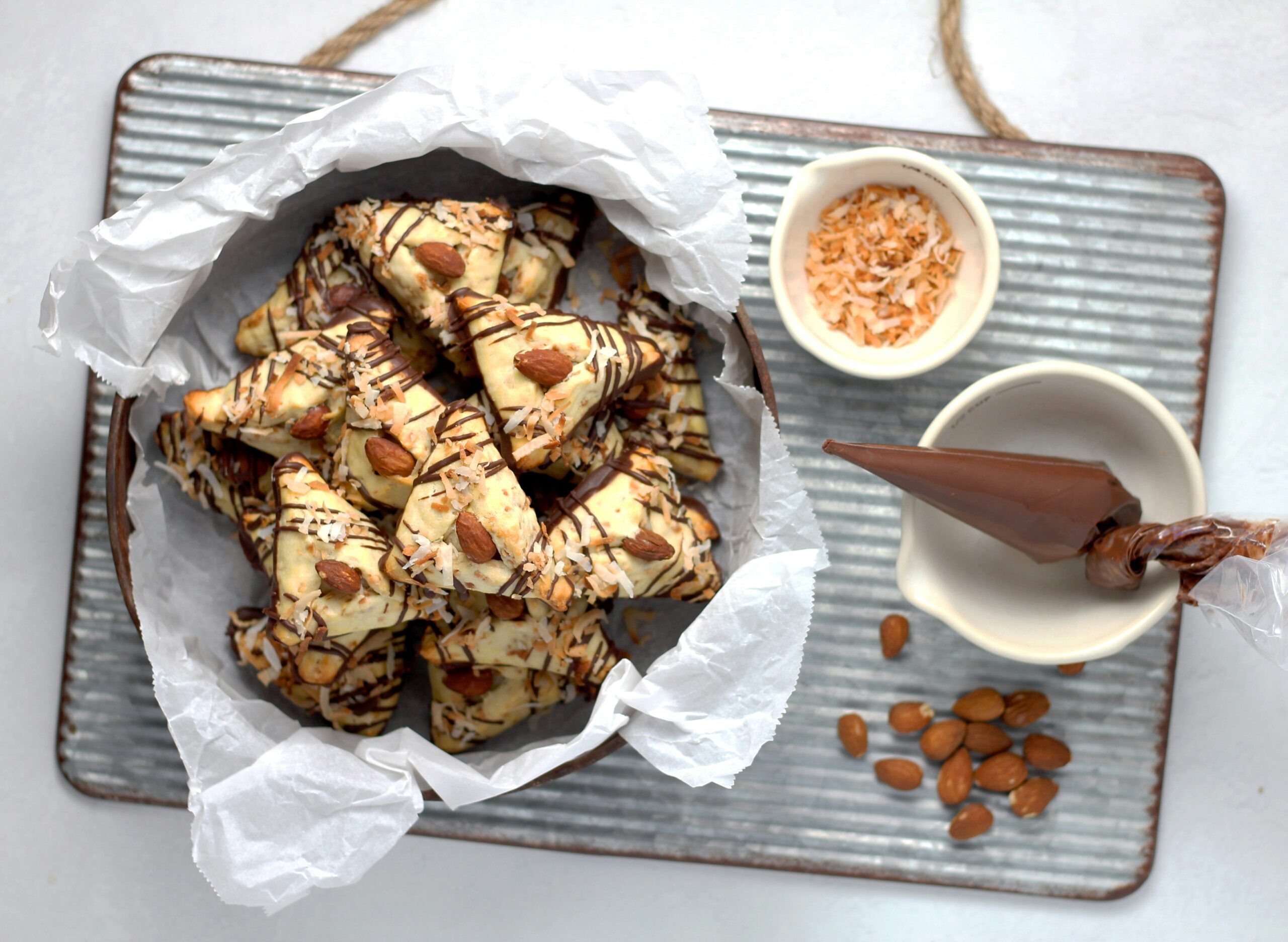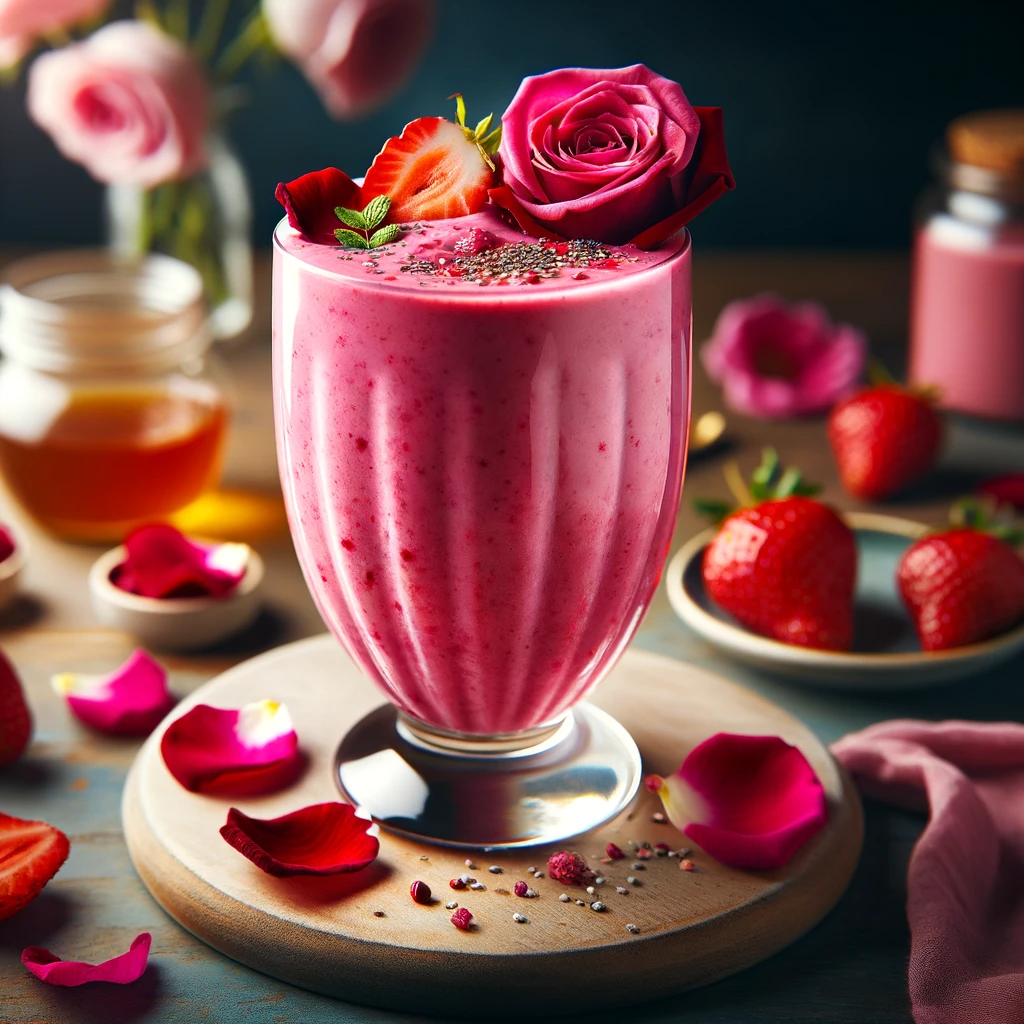Purim:
Introduction Purim is a Jewish holiday celebrated annually according to the Hebrew calendar on the 14th day of the month of Adar. It commemorates the salvation of the Jewish people in ancient Persia from Haman’s plot to annihilate them, as recorded in the Book of Esther.
Historical and Religious Significance The story of Purim is marked by themes of survival, bravery, and the reversal of fortune. Queen Esther and Mordechai are central figures who courageously avert the destruction of the Jewish people. Purim is a celebration of their heroism and the triumph of good over evil.
Customs and Observances Purim is known for its festive and joyous nature. Customs include reading the Megillah (Book of Esther), giving charity to the poor (matanot la’evyonim), sending gifts of food to friends (mishloach manot), and enjoying a festive meal (se’udat Purim). It’s also customary to dress in costumes and masks, adding to the holiday’s celebratory atmosphere.
Culinary Traditions Food plays a significant role in Purim celebrations. Traditional treats include hamantaschen, triangular-shaped pastries symbolizing Haman’s hat, and other festive foods and drinks.
Purim in Contemporary Times In modern times, Purim continues to be a time of joy and festivity. It’s an opportunity for communities to come together in celebration, reflection, and charity. The holiday also carries a message of resilience and courage in the face of adversity, resonating with people of all backgrounds.
Conclusion Purim is a vibrant and meaningful holiday in Jewish culture, embodying themes of survival, bravery, and joy. Its customs and traditions, from reading the Megillah to enjoying hamantaschen, continue to bring people together in a celebration of historical significance and communal solidarity.
Recipe: “Festive Purim Smoothie”
Ingredients:
- Apricots (1/2 cup, dried): Representing Haman’s pockets, apricots add a sweet, tart flavor. They are rich in vitamins A and C.
- Poppy Seeds (1 tablespoon): A nod to traditional Hamantaschen fillings, they add a nutty flavor and texture, symbolizing hidden mysteries.
- Almond Milk (1 cup): Symbolizes Esther’s diet in the palace. It’s light and complements the other flavors.
- Honey (1 tablespoon): Represents the sweetness of victory and joy in the Purim story.
- Greek Yogurt (1/2 cup, plain): Adds creaminess and symbolizes nourishment and sustenance.
- Banana (1, ripe): Adds a creamy texture, symbolizing richness and celebration.
- Spinach (1/2 cup): Green spinach represents renewal and life, echoing the themes of Purim.
Preparation:
- Blend apricots, poppy seeds, almond milk, honey, Greek yogurt, banana, and spinach until smooth.
- Add a mint sprig or flower garnish for effect.
Nutritional Information (per serving):
- Calories: ~300 kcal
- Protein: ~8 grams
- Fiber: ~4 grams
- Fat: ~3 grams
- Carbohydrates: ~60 grams
This smoothie, inspired by Purim, combines traditional elements with nutritious ingredients, perfect for a festive celebration.






